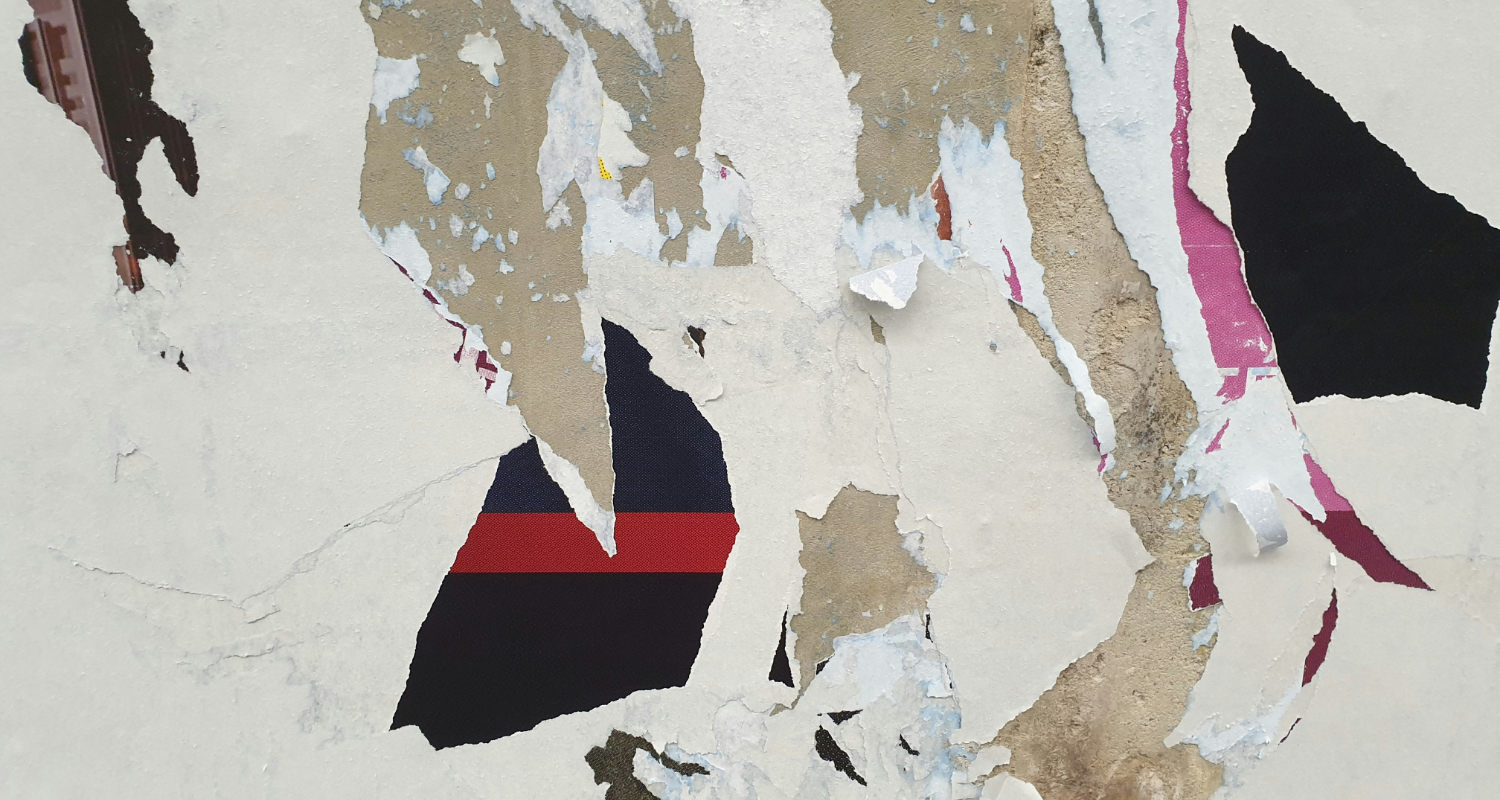When it comes to product photography, choosing the right equipment is rule 101. And choosing the right camera is often one of the best places to get started. Buying a professional camera might not be an option, but everyone has access to a smartphone! So here’s a quick visual guide to buying a smartphone for product photography.
Of all the modern features in a smartphone, the one component constantly evolving is the camera. Primarily thanks to the fact that we’re living in a time where Instagram is king, where endless selfies require an excellent camera. It all started with the humble Nokia 0.11MP. For those who can’t remember, the photos ended up being very fuzzy with no pixel stabilization and lots of noise.
Things have since evolved, and today we’re surrounded by endless smartphone options. Having a higher megapixel count is just the tip of the iceberg when it comes to choosing the right smartphone for productphotograhy. With features like Dual Lens, Superior Aperture, and Low-Light Photography, you can capture stunning photos.
1. iPhone 8
iPhone 8 is a marvelous 4.7-inch iPhone with lots of cool new features – Apple’s own A11 bionic chip that supports superior augmented reality experiences and wireless charging. The beautiful all-new glass design is a well-noted novelty too. The camera is just as fabulous as before, packing a High Dynamic Range (HDR) mode by default and a BIT sensor for intelligently crisper and stable images.
2. iPhone 8 Plus
iPhone 8 Plus is a beautiful device with everything a signature iPhone is known for, plus a wave of breakthrough technologies. It’s the first iPhone with the capabilities of both wireless and super fast charging. The dual-lens camera is more versatile than ever. Superior aperture ensures brilliant clarity and detail in the pictures. If you’ve got a bigger budget and are looking for some trendy add-ons, iPhone 8 Plus is worth the extra cash.
3. Google Pixel and Pixel 2
Google Pixel devices are for Android aficionados. Perfect if you’re looking for the ultimate Android experience, combined well with better photo processing features. The camera component is much-improved, letting you take excellently crisp photos, even in the low light. With great DXO ratings (89 for Pixel, 98 for Pixel 2), you can capture every memory in perfect detail.
4. Samsung Galaxy Note 8
Samsung Note 8 sports a 12MP camera with optical image stabilization. You can snap perfectly clear images even the low-light and even when it’s difficult to keep your phone steady. The dual cameras bring all the difference you need to notch up a perfect Bokeh effect. There’s a default setting to save the zoom Live Focus image, along with wider original photos, so you don’t miss out on high-quality results. There are additional photo modes available to download from the Galaxy store.
5. HTC U11
HTC U11 is a mid-range offering with a 5.5-inch 2K display, Qualcomm Snapdragon 835 chipset, and a 12MP sensor camera. There’s a 16MP front-facing camera to help you snap beautiful selfies. You can capture well-detailed pictures irrespective of the light conditions, which happens to be its strongest USP.
6. Huawei Mate 10 Pro
Do more with Huawei Mate 10 Pro’s best-ever point-and-shoot camera, coupled with an RGB sensor and OIS for clear, steady pictures. The high-caliber f/1.6 aperture makes it ideal for low-light photography. With minimal grain and smudge, you get impressively balanced pictures with just the right amount of exposure and white balance.
Here’s a detailed infographic that will help you choose a smartphone for product photography.

Once you choose the right smartphone for product photography, you’re ready to get started.
Pixc can edit your first photo for FREE.
Try it today.
Author Bio
TechiesPad is committed to covering tech with an eye for quality and excellence. They bring you the newest in tech updates for beginners and experts alike.








